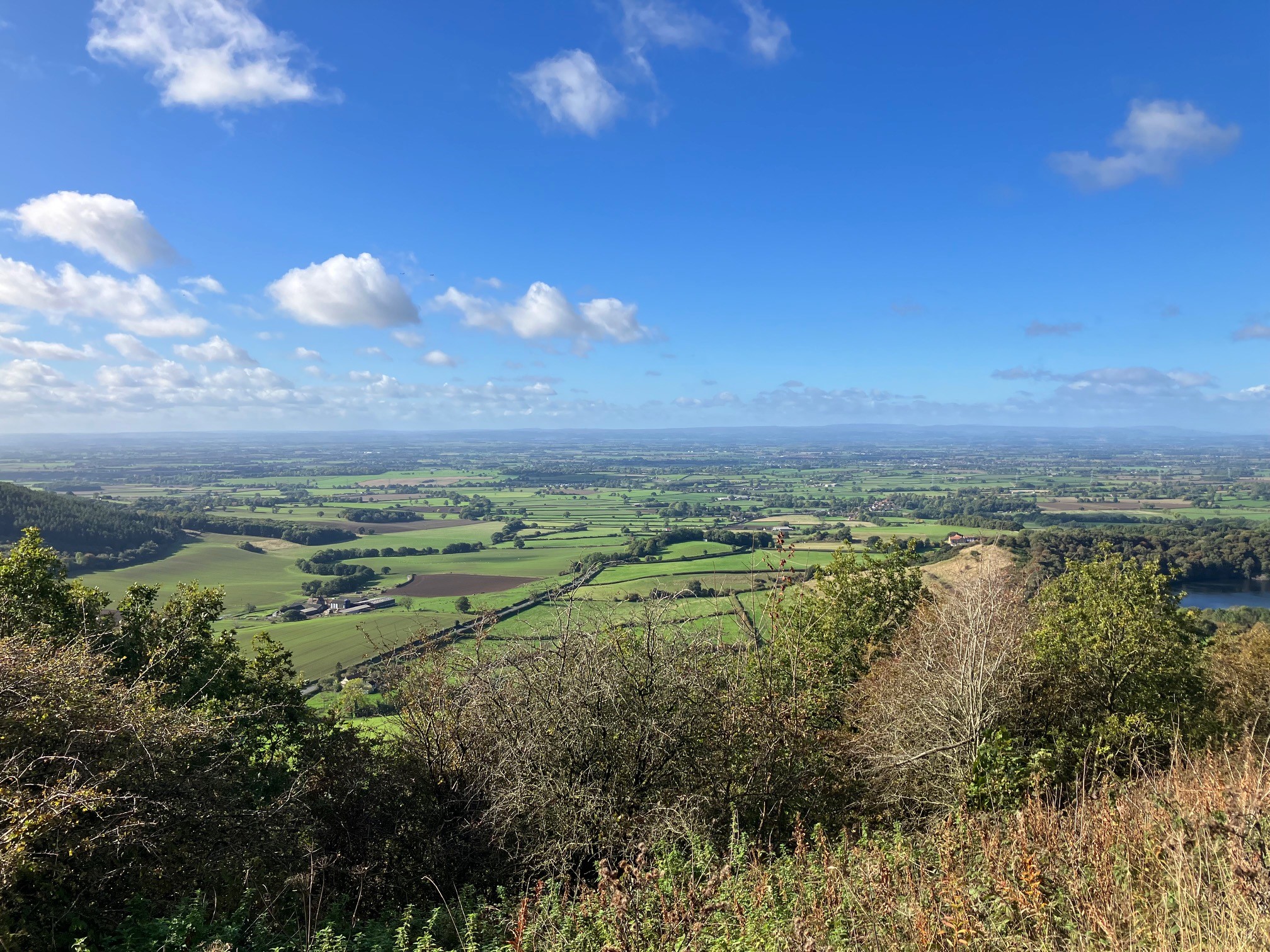
The loss of natural habitats across North Yorkshire and York is to be countered by a new strategy drawn up as part of a national government programme to help to improve the environment and tackle climate change.
The strategy will focus not only on supporting wildlife and their habitats but also consider wider environmental and health goals, including managing flooding, helping with carbon emissions and access to nature.
We are to be one of 48 authorities in the UK to be charged with overseeing a Local Nature Recovery Strategy (LNRS).
We have been appointed as the ‘responsible authority’ for the preparation of the North Yorkshire and York Local Nature Recovery Strategy which will map proposals to drive nature’s recovery and provide wider environmental benefits, and then establish the actions to achieve them.
That could see the creation of more wildflower meadows, tree planting, peatland restoration and wetland creation as well opportunities for people to monitor species.
The new, England-wide system was established by the Environment Bill with the areas covered by each strategy set by the Defra Secretary of State. They are part of an ambitious package of measures being introduced through the Bill to reverse nature’s decline.
Each strategy will agree priorities for nature’s recovery, map the most valuable existing areas for nature, and work up proposals for creating or improving habitats and wider environmental goals. The North Yorkshire and York Local Nature Recovery Strategy will include the City of York, two National Parks – the Yorkshire Dales and the North York Moors – and three Areas of Outstanding Natural Beauty (AONB) covering the Howardian Hills, Nidderdale and part of the Forest of Bowland.
Executive member for climate change, Cllr Greg White, said: “We expect our strategy to be a powerful new tool that will help the public, private and voluntary sectors work more effectively together, and enable collective effort to be focussed where it will have the most benefit.
“Key to achieving this will be creating genuine local collaboration with a partnership of organisations and individuals so we will be working with our national park authorities, Areas of Outstanding Natural Beauty partnerships, town and parish councils, community groups, local landowners and farmers to ensure we create a thorough plan for our county and address its needs to direct our future policies and ambitions.
“We will also consult our residents in the autumn – they know our landscapes better than anyone.
“We will not only concentrate on wildlife species but address the wider environmental goals of managing flooding, carbon dioxide emissions and improving our health and well-being. Local Nature Recovery Strategies have been designed to work with all of these measures and to help link them together in a coherent and effective way.”
“Yorkshire’s protected landscapes (Areas of Outstanding Natural Beauties and National Parks) welcome North Yorkshire Council’s commitment to development of a Nature Recovery Strategy, complemented and supported by our own Nature Recovery Plans. We look forward to being key in delivering nature recovery across our areas,” said Ellie Hook, manager of the Howardian Hills Areas of Outstanding Natural Beauty, on behalf of the three Areas of Outstanding Natural Beauties and the National Parks.